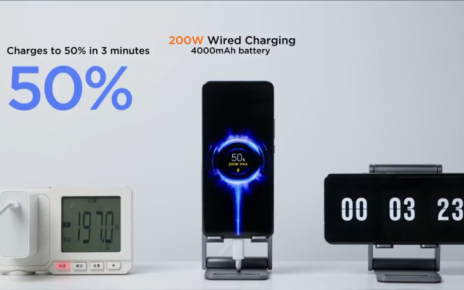
Enlarge / The BrainGate research consortium has achieved the first human use of a high-bandwidth, wireless brain-computer interface, enabling tetraplegic participants in a clinical trial to use the device without being tethered by a cable. (credit: kentoh/iStock/Getty Images)
Coming on the heels of the Neuralink announcement earlier this month—complete with video showing a monkey playing Pong with its mind, thanks to a wireless brain implant—researchers with the BrainGate Consortium has successfully demonstrated a high-bandwidth wireless brain-computer interface (BCI) in two tetraplegic human subjects. The researchers described their work in a recent paper published in the journal IEEE Transactions in Biomedical Engineering.
BCIs interact with brain cells, recording the electrical activity of neurons and translating those signals into action. Such systems generally involve electrode sensors to record neuronal activity, a chipset to transmit the signals, and computer algorithms to translate the signals. BCIs can be external, similar to medical EEGs in that the electrodes are placed onto the scalp or forehead with a wearable cap; or they can be implanted directly into the brain. The former are less invasive but can be less accurate because there is more noise interfering with the signals; the latter require brain surgery, which can be risky.
BrainGate is an implanted device, used in research efforts focused on treating patients with spinal cord injuries or Lou Gehrig’s disease. Back in 2012, two paralyzed subjects with BrainGate implants successfully controlled a robotic arm; since then, subjects have been able to type on computers and use tablet apps. That BrainGate system employs a large, gray box cable, tethering the implanted sensor array to the external computers that decode the signals. This has restricted the system’s usefulness because technicians need to be on site during operation and take the cable with them when they finish a session.





